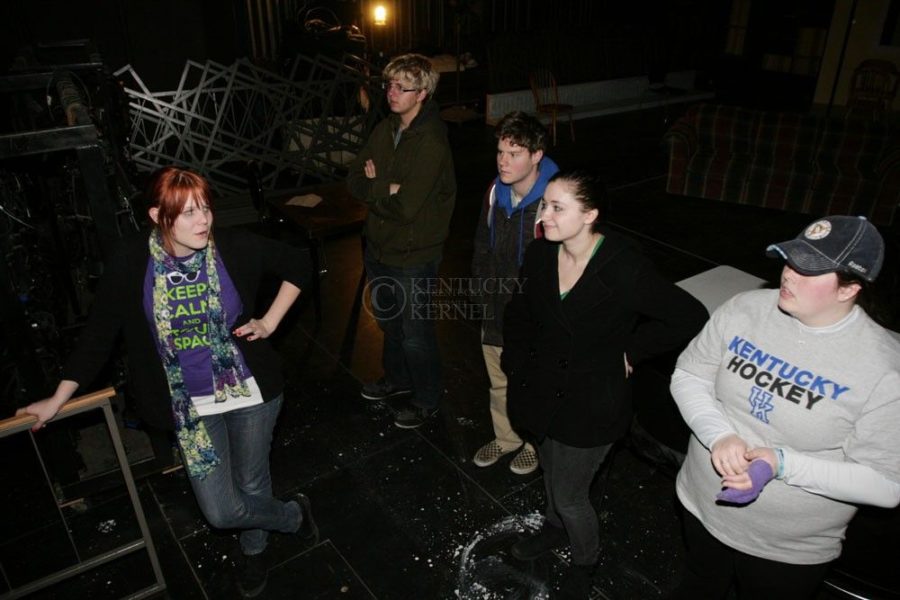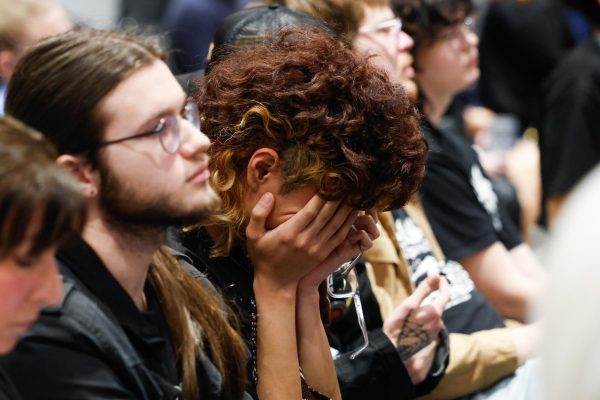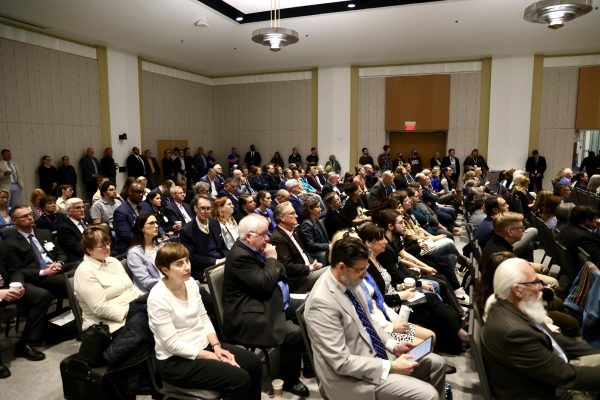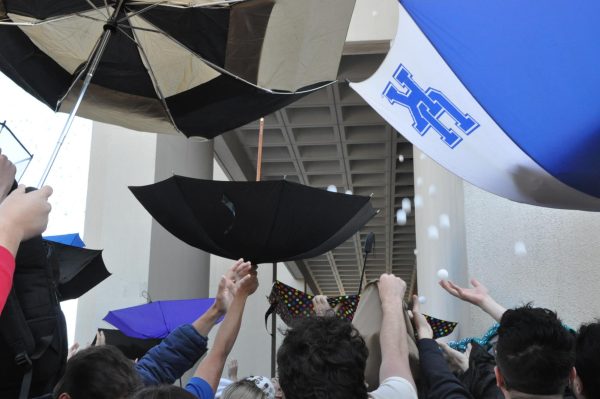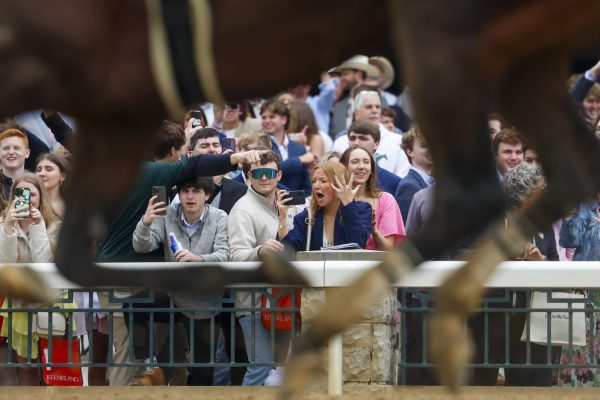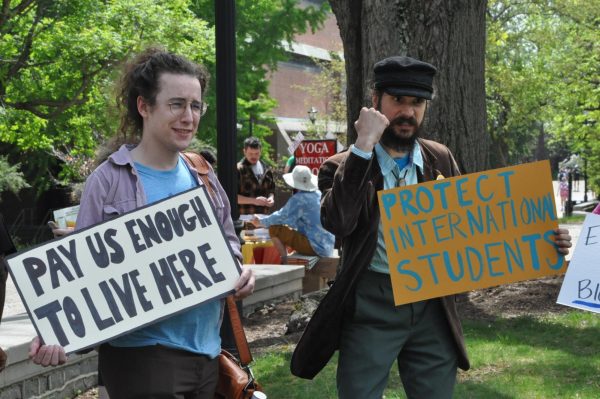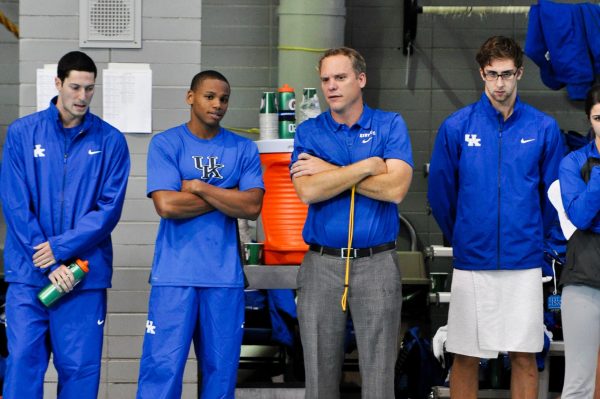Paranormal club investigates spirits of campus
February 15, 2012
The Paranormal Study Organization held what some may call a successful investigation of the Guignol Theatre.
The student-run club of about 20 members investigated the theater Monday night, looking for any kind of paranormal or spiritual activity.
Char Grimm, a communication senior, said the group chose the theater because there had been reports of shadows and partial apparitions in the catwalk area, as well as the light booth.
In 1947, the theater burned down and was rebuilt, said Kayla Pickrell, the organization’s president. She said according to public records, people may have died in the fire.
Grimm has been involved in several other investigations, as recently as Friday, and assists Kentucky Paranormal, a professional paranormal activity investigation team.
For this particular investigation, members Grimm, Pickrell, Mae Seay and Patrick Haughey were able to attend.
The club started in September 2011 and is sponsored by Troy Cooper, a lecturer in the Division of Instructional Communication.
One could sense the seriousness emanating from the team as they entered the theater on Monday.
“There may be a question (the spirits) can’t hear, or can only hear from a particular voice,” Grimm said.
To test for spirits, someone put a flashlight on the armrest of the center chair in the very back row of the theater. The flashlight test, a popular method of channeling spirits, is used to detect a spirit’s presence and possibly interact with it.
“We tell the spirit to think of it as a torch, or a candle,” Grimm said, “because they may have not had or been used to flashlights during the time they were alive.”
The idea of the test, as explained by the team, is to ask questions to the spirit in the hopes that it will turn on the flashlight.
At first, both Grimm and Pickrell asked several questions, allowing a pause for the spirit to interact.
For several minutes, nothing happened.
Suddenly, the flashlight turned on in response to one of Pickrell’s questions.
When this happened, Grimm’s hands were at her waist. The same was true for Haughey, Seay and the rest of the team.
The light had not been turned on by a trigger or any sort of device; it appeared to turn on by itself.
To prove the flashlight’s sensitivity, Grimm had earlier jumped next to the flashlight, and it had turned on. However, when the flashlight turned on this time,
nobody was moving.
Things started to get more serious when the flashlight began to dim, flicker on its own and then turn itself off without any assistance.
Grimm was unable to manually dim the beam of light. This discovery alone was enough to shock the team members, who each would be the first to try to prove that this
was a gimmick, as they regularly try to debunk claims of paranormal activity that cannot be proven.
Something was making the flashlight not only turn on and off, but making the light dimmer and brighter, which none of the team members could do on their own.
Events like these are what Grimm and Pickrell call “personal experiences,” or occurrences amongst one or more people that cannot be considered solid evidence, as
there is no way to officially record them and present them as undeniable evidence of paranormal activity.
Examples of such hard proof, Grimm said, would be an EVP recording, also known as “electronic voice phenomenon.”
These recordings are voices which cannot be heard by the human ear, yet can be heard spoken when the audio sample is played back.
None of these nor any other type of evidence can be immediately revealed to the team.
The flashlight test, however, piqued the team’s curiosity in Guignol, as well as other areas on campus.
“Perhaps when it isn’t so busy here, any spirit that’s here will have the energy to actually communicate with us,” Seay said.
This is the second semester the organization has existed, and it will have many investigations to come, both on and off campus, its members say.
“We are always looking for new members, and it doesn’t take anything more than curiosity to join,” Pickrell said, who is also the assistant features editor for the
Kernel.
For more information on past and future investigations as well as how to join, search for the group’s page on Facebook.













































































































































